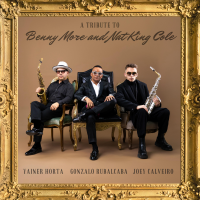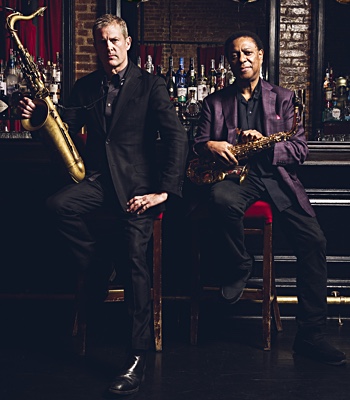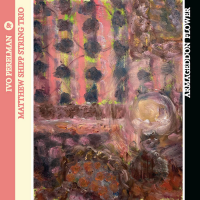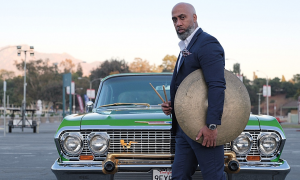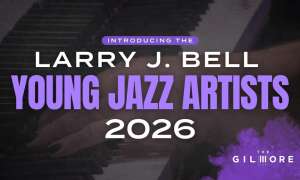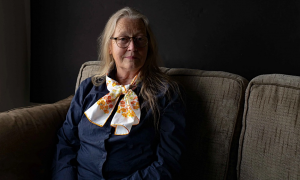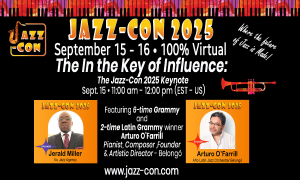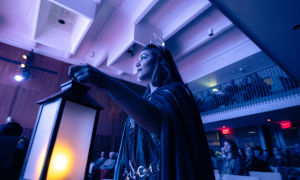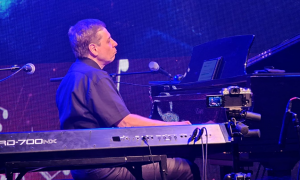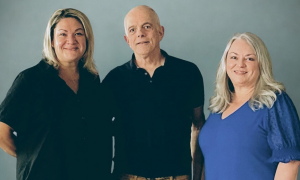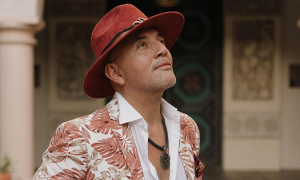On a trip to a foreign city, visiting an art museum is a mandatory exercise. Imaginative writing affects many of us, though—alas—with decreasing frequency.
Why should art be important?
Being seen as an “art lover" may increase our status, but otherwise art is not useful. Yet art has been part of the human experience since Paleolithic man painted on the walls of caves in Lascaux, France, and Altamira, Spain, more than 30,000 years ago. Art preceded cities, agriculture and writing.
Denis Dutton, an art professor in New Zealand, has proposed a bold new explanation. He argues that humankind's universal interest in art is the result of human evolution. We enjoy sex, grasp facial expressions, understand logic and spontaneously acquire language —all of which make it easier for us to survive and produce children. In The Art Instinct: Beauty, Pleasure, and Human Evolution, Dutton contends that an interest in art belongs on this list of evolutionary adaptations.
In making his case, Dutton has to refute the late Stephen Jay Gould's argument that human culture is a socially formed byproduct of our large brains. Dutton easily overcomes this argument by pointing out how many “byproducts"—such as a spoken language—have given humans a huge evolutionary gain. But he must still explain why an interest in art gives us an edge. This is no easy task. Just because many people have a trait does not mean that it confers an evolutionary advantage. I like the Boston Red Sox, but I doubt that preference was genetically passed on to my children. (Happily, they became Sox fans anyway.)
Drawing on Charles Darwin's second great book, “The Descent of Man, and Selection in Relation to Sex," Dutton argues that art, like broad shoulders in a man and a narrow waist in a woman, facilitates seduction. We tell stories, sing songs, invent tales, recount jokes and draw pictures in order to find a mate and, having found one, produce children. We value art because, Dutton claims, it may be made of rare and valuable materials and require much skill to produce. People value wealth and skill in choosing a mate. We can add to Dutton's argument the fact that when 3-month-old infants are shown pictures of women who had been rated by adults as either attractive or unattractive, the babies looked much longer at the attractive ones.
This is a stimulating but not entirely satisfactory argument. Some forms of art may have evolutionary explanations that do not involve sexual selection, and some forms of beauty may not be linked to art at all. Take music: we can imagine men and women singing to one another for sexual reasons, but we can also imagine music being used to induce sleep, energize an army, or identify friends and enemies.
For more information contact All About Jazz.



